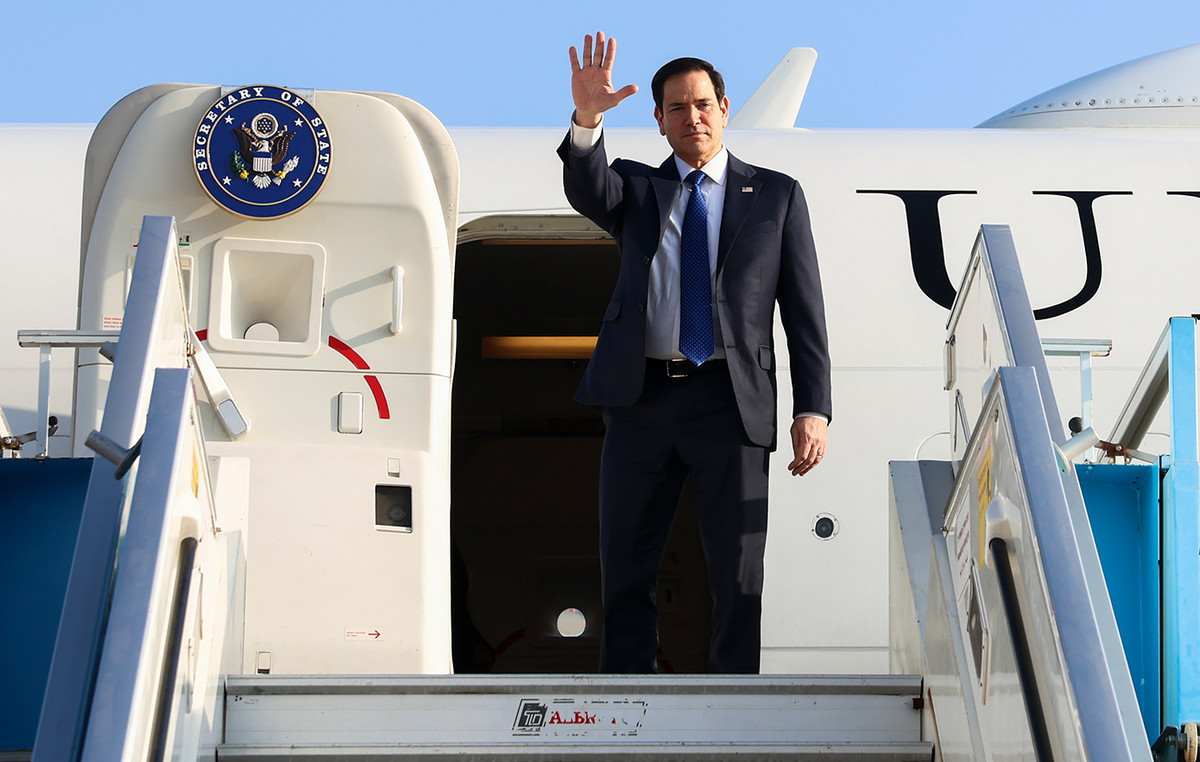The United Nations peacekeeping force in Lebanon (Unifil) called on Thursday (26) for a timely Israeli withdrawal from southern Lebanon, citing what it called Israeli violations of a November 27 ceasefire agreement with the Lebanese armed group Hezbollah, supported by Iran.
Israel and Hezbollah agreed to a 60-day ceasefire, brokered by the United States, that envisages a phased Israeli military withdrawal after more than a year of war, following a 2006 UN Security Council resolution that ended the last great conflict.
Under the agreement, Hezbollah fighters must leave positions in southern Lebanon and move north of the Litani River, which runs about 30 km north of the border with Israel, along with a full Israeli withdrawal from the south.
In a statement, Unifil expressed concern over what it said was the continued destruction by Israeli forces of residential areas, agricultural land and infrastructure in southern Lebanon, considering it a violation of UN Resolution 1701.
“Unifil continues to insist on the timely withdrawal of the Israel Defense Forces and the deployment of the Lebanese Armed Forces (in place of Hezbollah) in southern Lebanon, along with the full implementation of Resolution 1701 as a comprehensive path towards peace” , the statement said.
The Israeli military said it was reviewing Unifil’s criticism and declined to comment further for now.
Under the terms of the truce with Hezbollah, Israeli forces can take up to 60 days to withdraw from southern Lebanon, but neither side can launch offensive operations.
The Lebanese Army said it was following Unifil and the committee overseeing the agreement regarding what it said was a deeper incursion by Israeli forces into some areas of southern Lebanon.
Unifil reiterated its willingness to monitor the area south of the Litani River to ensure it remains free of armed personnel and weapons, except those of the Lebanese government and Unifil.
The ceasefire marked the end of the deadliest clash between Israel and Hezbollah since the six-week war in 2006. However, Israel continued military operations against Palestinian militants in Gaza.
Understand the conflicts involving Israel
At the end of November, a ceasefire between Israel and Hezbollah was approved. This comes after months of bombings by the Israeli Army in Lebanon.
The offensive caused destruction and forced more than a million people to leave their homes to escape the war. Furthermore, it left dozens of people dead in Lebanese territory.
Like Hamas, Hezbollah and Islamic Jihad are radical groups financed by Iran, and therefore enemies of Israel.
The expectation is that the agreement will serve as the basis for a more lasting cessation of hostilities.
At the same time, the war continues in the Gaza Strip, where the Israeli military is fighting Hamas and searching for hostages who were kidnapped more than a year ago during the radical group’s attack on Israeli territory on October 7, 2023. At the time, more than 1,200 people were killed and 250 kidnapped.
Since then, more than 43,000 Palestinians have died in Gaza during Israel’s offensive, which also destroyed virtually every building in the Palestinian territory.
On a third front of conflict, Israel and Iran exchanged attacks, which despite raising tension, did not evolve into an all-out war. Furthermore, the Israeli Army has been bombing targets belonging to militias allied with Iran in Syria and Yemen. and in Iraq.
This content was originally published in UN calls for Israelis to withdraw from southern Lebanon as per agreement on the CNN Brasil website.
Source: CNN Brasil
Bruce Belcher is a seasoned author with over 5 years of experience in world news. He writes for online news websites and provides in-depth analysis on the world stock market. Bruce is known for his insightful perspectives and commitment to keeping the public informed.







